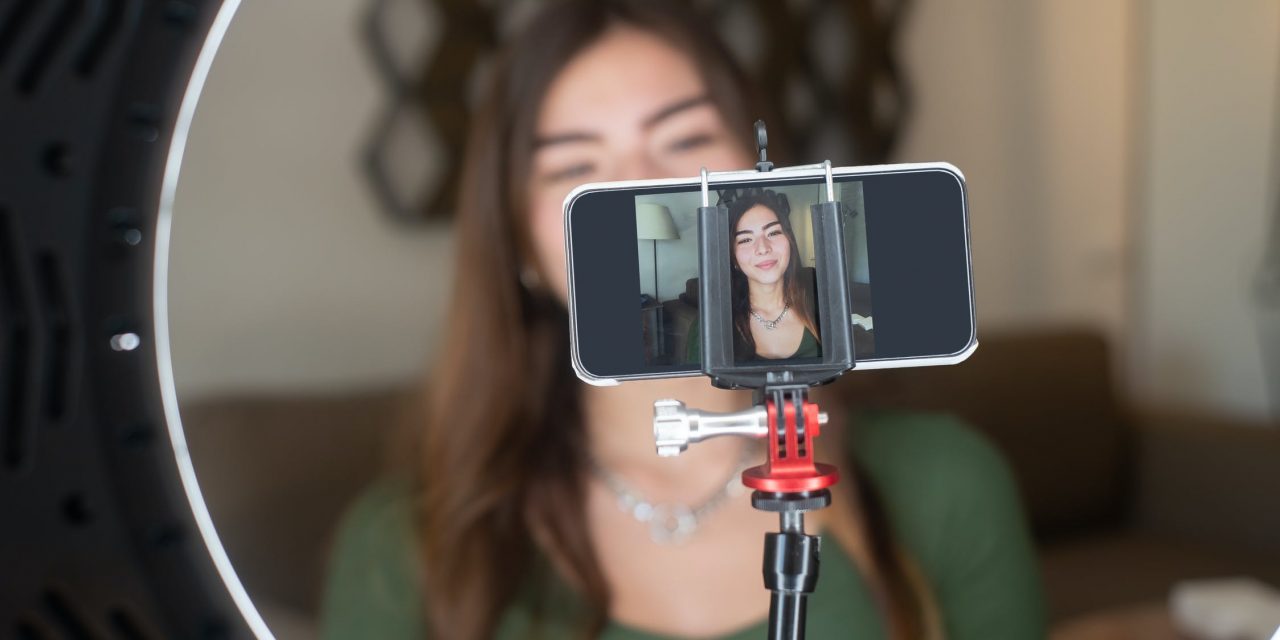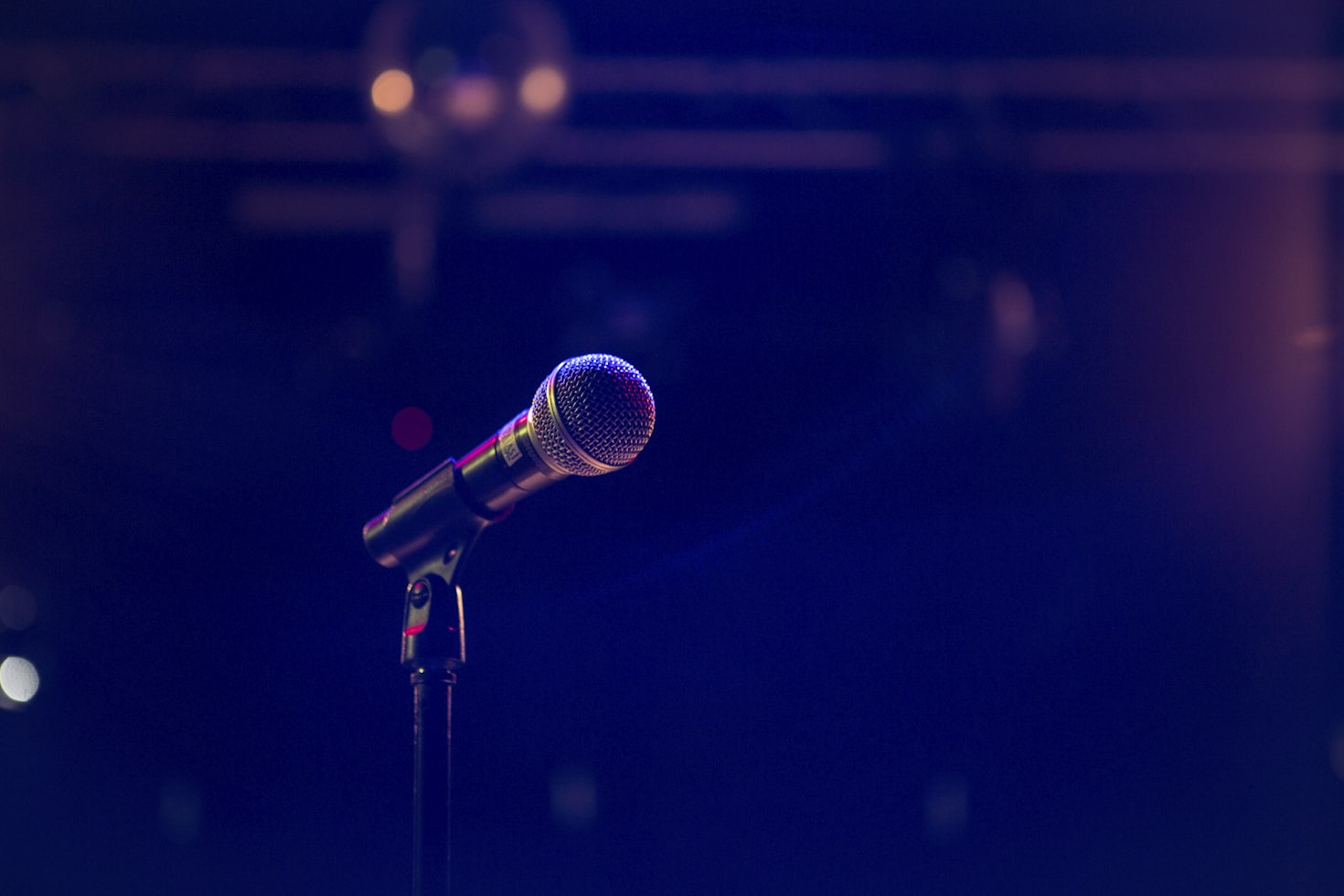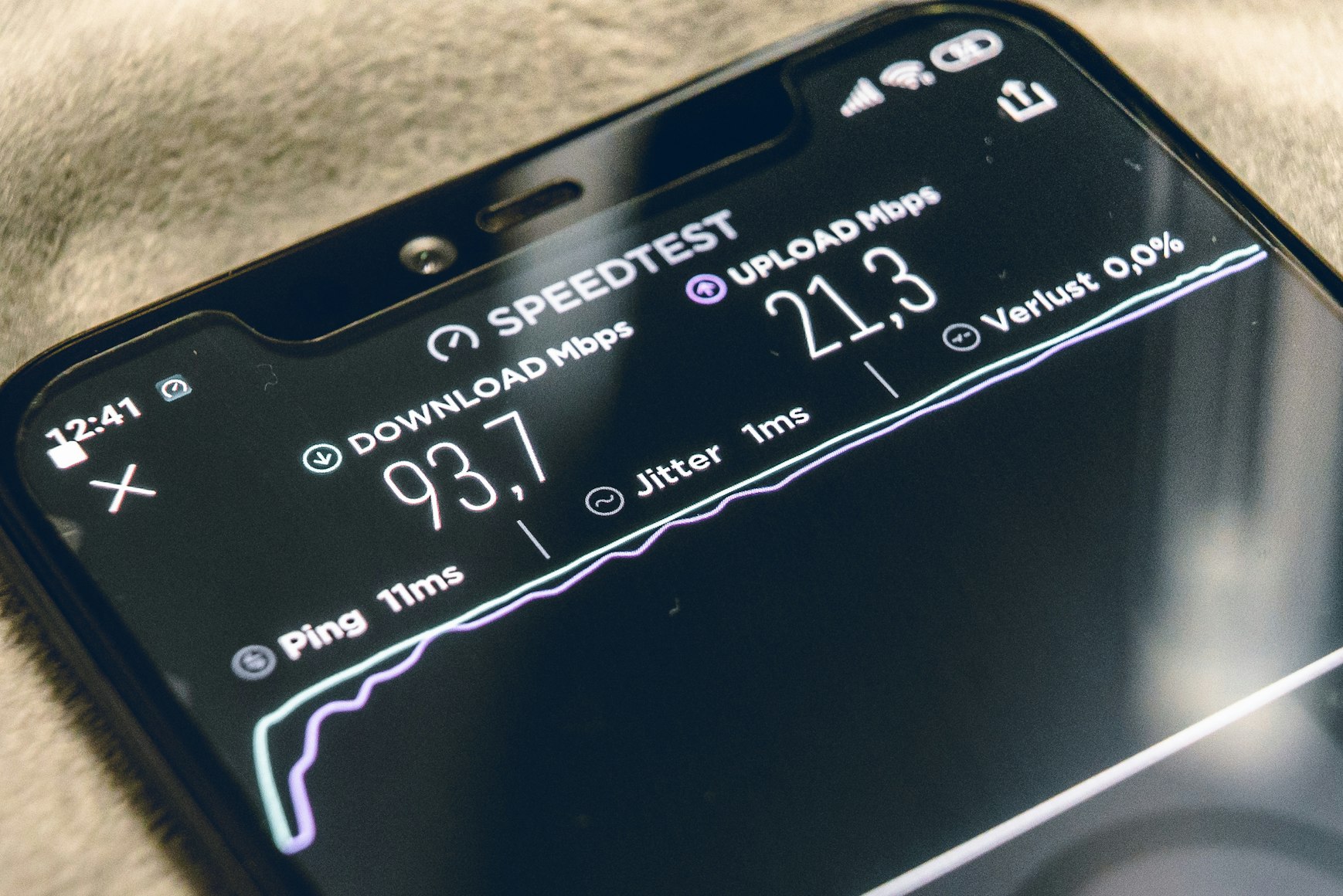Live streaming has been on the rise lately, and we’re all up for it! What makes live streaming so special is because it’s similar to having a conversation online, but with strangers!
Okay, we know that live streaming is widely known to be something totally spontaneous with little to none preparation.
But nowadays, viewers are expecting even more from live streamers! Heck, most live streamers tend to put in a lot of effort before they start every live stream video.
So if you’re wondering how to start streaming, we’ve got you covered with all the streaming setup basics that are perfect for beginners!
Contents
Streaming Setup For New Learners – What Do You Need To Stream Live Video
So, what exactly do you need to host a successful live stream video as a beginner? In order to produce a top-notch quality live stream, you have to get all the streaming setup basics covered below:
A Camera
You would need a good quality camera that could go up to 1080p quality. Most viewers wouldn’t settle for any less than that.
While most devices would already have a built-in camera, you could also opt for external cameras which normally offer better quality than those built-in ones which you could easily connect with your mobile phone via bluetooth or cable.
A Microphone
Your viewers would want to hear you. Though most devices have a built-in microphone, an external microphone would be your best bet.
If you don’t fancy microphones, you could always use headphones that come with a mic. Some of your viewers might just want to listen to your live stream more than watch!
A Streaming Software or Encoder
When it comes to streaming setup for new learners, you might not know much about this. Before you start streaming, you’ll need to have a streaming software, also known as an encoder, to take your audio and video input from your device and transmit it over to your streaming platform.
Hardware encoders are a much better choice for mobile live streaming compared to software encoders.
A Stable Internet Connection
If you’re streaming a video in real-time, you definitely need a stable, strong internet connection for your viewers to experience a good quality stream.
When you have a bad network connection, your live stream will lag and get cut off abruptly. Nobody likes to have interrupted live streams where they aren’t able to interact with you smoothly!
A Streaming Platform
There are plenty of streaming channels where you could broadcast your live stream to. The popular free platforms would be Facebook Live, YouTube Live, Twitch, and Sugarbook Live.
If you can afford it, there are paid options as well such as Vimeo Livestream and StreamShark. Of course, you’ll have to choose a streaming platform that is the most convenient.
Streaming Setup For Beginners – Live Streaming Checklists
When you’re not sure how to start streaming, it’s always good to start off with learning the streaming setup for beginners.
Once you’ve got all of the streaming setup basics covered, here are some of the live streaming checklists to prepare before you start broadcasting yourself to your audience.
1. Plan your live stream
First things first, you have to plan out your live stream. You can’t just wing it when it comes to broadcasting a successful live stream!
Think about the kind of content you’ll be doing, the materials you would need, and so on. Perhaps certain live streams require you to have extra lighting if your mobile phone is not enough.
2. Pick a good filming location
Choosing a filming location is quite important because your audience wouldn’t want to see a badly lit environment with a huge pile of mess behind you!
Be sure to have good lighting where your audience should be able to see your face clearly. Consider a simple, plain background that wouldn’t distract your audience.
Or you could take it up a notch by matching your live stream background with your content! If you’re talking about exercising, maybe you could do it at the gym.
3. Test your internet connection
You have to be sure your internet is stable before starting up your live stream. What if your cable provider is undergoing maintenance which you aren’t aware of?
These kinds of things could be avoided if you test your internet connection by doing a simple speed test while making sure no one else uses much of the data connection.
4. Prepare all your equipment
Your camera, audio, lighting, background – everything needs to be prepared beforehand. Have everything ready so that you wouldn’t be scrambling trying to connect devices together during your live stream.
Perhaps your mobile phone needs a proper phone stand so that your audience will be able to see your face clearly. If that’s the case, you probably should get it ready.
5. Do a test before going live
Check that all of your equipment is working as it should. You wouldn’t want to start off streaming by having your viewers unable to hear you because your microphone isn’t working!
There are a few ways on how you could do a live stream test, which is to create private streams on Youtube or Facebook.
Or you could create a separate streaming channel account and test them out with yourself viewing it.
6. Promote your live stream
Now that you’ve got everything prepared and ready, it’s time for you to go live! But first, a great way to gain attention from your audience is to promote your live stream before the actual date itself!
This creates excitement and anticipation! Upload a few teasers here and there on your social media accounts and get them riled up for your live stream.
And that’s pretty much all you need to know about a streaming setup for beginners! After you’ve gotten the streaming setup basics out of the way, you’ll be on your way to building a successful live streaming channel and possibly make it a full-time income thanks to some streaming platforms that would help you to monetize your audience too, such as Sugarbook Live.
FAQ: Streaming Setup for Beginners
Q: What do I need for a beginner live streaming setup?
A: At minimum, you need a good webcam, microphone, stable internet connection, and basic lighting for a clear, professional stream.
Q: Do I need an expensive camera to start streaming?
A: No. Many streamers start with quality webcams like the Logitech C920 or use their smartphones with streaming apps.
Q: What software is best for beginner streamers?
A: OBS Studio is a free and popular choice for beginners. It’s easy to use and supports custom overlays and scenes.
Q: How important is lighting in a streaming setup?
A: Very important. Even basic ring lights can drastically improve your video quality and help you look more professional.




















COMMENT
Hi